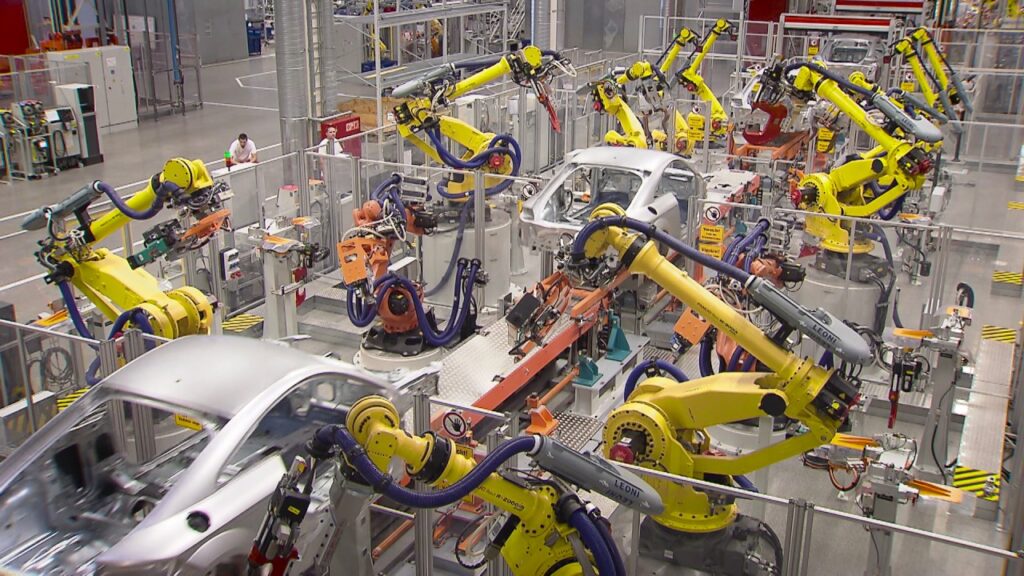Industrial Robots Applications: Revolutionizing the Construction Industry
Robotic technology has been rapidly advancing across various industries, and the field of construction is no exception. With their precision, efficiency, and ability to perform repetitive tasks, industrial robots are making a significant impact on construction sites worldwide. In this article, we will explore the applications of industrial robots in the construction industry and delve into how they are revolutionizing the way we build.
With the increasing complexity of construction projects and the need for speed and accuracy, industrial robots have emerged as invaluable assets. These machines are capable of performing a wide range of tasks that were traditionally labor-intensive, time-consuming, and often hazardous for human workers. From brick-laying to welding, the applications of industrial robots in construction are truly transformative.
One of the most noteworthy applications of industrial robots in construction is bricklaying. Traditionally, bricklayers would manually lay bricks one by one, a process that was both physically demanding and time-consuming. However, with the introduction of robotic bricklayers, this task has become significantly more efficient. These robots can precisely place bricks, ensuring a level of accuracy that is almost impossible to achieve manually. Not only does this save time and increase productivity, but it also minimizes the potential for errors and rework.
Another area where industrial robots have found immense use is in welding. Welding is a critical process in construction, as it helps join metal components to create structures that are strong and durable. However, it is a highly skilled task that requires a steady hand and expertise. Industrial robots equipped with advanced welding capabilities have revolutionized this process, improving the speed, precision, and quality of welds. These robots can work continuously without fatigue, ensuring consistent and high-quality welds, while also reducing the risks associated with human error or accidents.
In addition to bricklaying and welding, industrial robots are also being deployed in tasks such as concrete spraying and 3D printing. Concrete spraying, which involves applying a layer of concrete onto surfaces, is now being done by robots with incredible precision. These robots can evenly distribute the concrete, eliminating inconsistencies in thickness and improving the overall quality of the finished surface. Similarly, 3D printing technology is being leveraged by industrial robots to construct complex structures layer by layer, offering a new level of design freedom and efficiency in construction projects.
The impact of industrial robots on the construction industry goes beyond just increased productivity and improved quality. These machines are also contributing to worker safety by automating hazardous tasks. By replacing human workers in potentially dangerous environments, such as working at heights or in confined spaces, industrial robots are minimizing the risks associated with accidents and injuries. This not only safeguards the well-being of workers but also reduces the cost of insurance claims and downtime due to workplace incidents.
Moreover, the use of industrial robots in construction is also leading to cost savings. While the initial investment in robotics technology may be significant, the long-term benefits far outweigh the costs. Robots can work continuously without breaks, fatigue, or the need for rest, resulting in increased productivity and reduced labor costs. Additionally, robots can complete tasks at a faster pace than humans, leading to shorter project durations and potential savings in overhead expenses.
As we witness the growing adoption of industrial robots in the construction industry, it is clear that their potential is vast and far-reaching. However, it is also important to recognize that their implementation is not without challenges. The integration of robotics into construction processes requires careful planning, specialized training, and consideration of factors such as feasibility, adaptability, and compatibility with existing systems. Furthermore, the need for maintenance and regular updates to robotics technology should not be overlooked.
In conclusion, industrial robots are revolutionizing the construction industry, transforming the way we build structures. From bricklaying to welding, concrete spraying to 3D printing, the applications of robotics in construction are propelling the industry towards greater efficiency, safety, and cost-effectiveness. As advances in technology continue to unfold, it is evident that the role of industrial robots will only expand further, empowering construction companies to push boundaries and achieve feats that were previously unimaginable. The future of construction is undoubtedly digital, automated, and driven by the capabilities of industrial robots.
Industrial Robot
“Revolutionizing Construction: The Increasing Impact of Robotics”
“Transforming the Construction Industry: Exploring Industrial Robots’ Applications”


